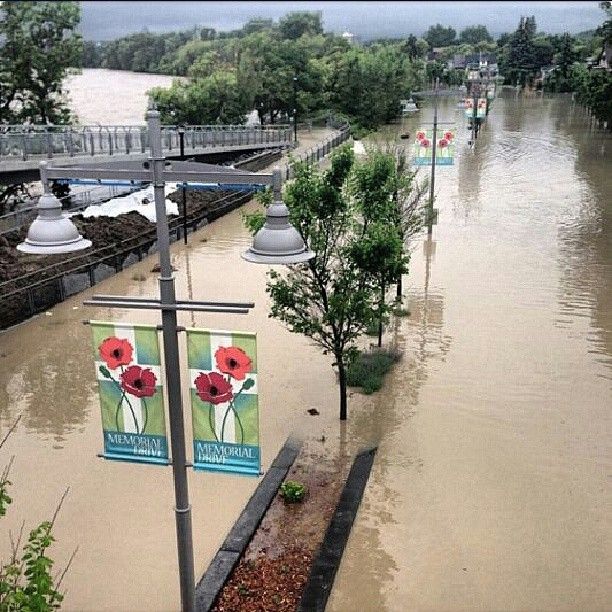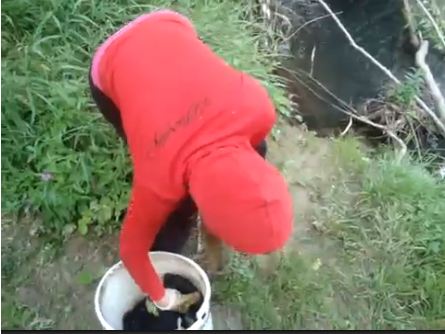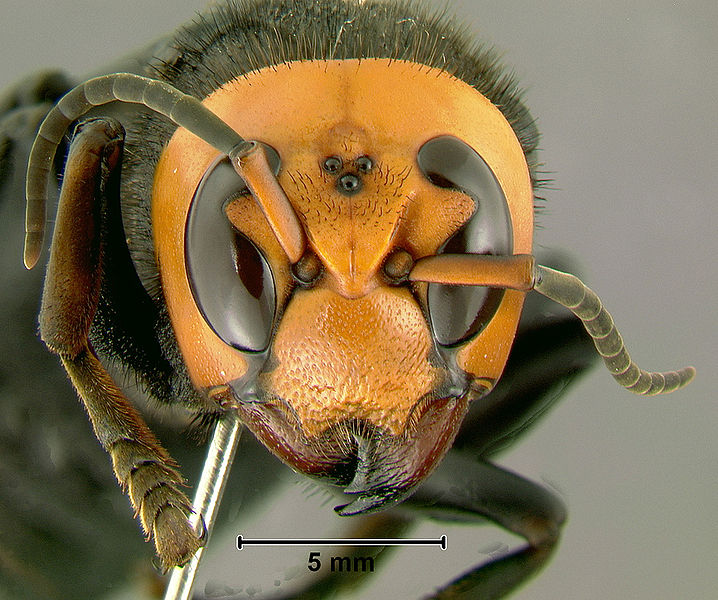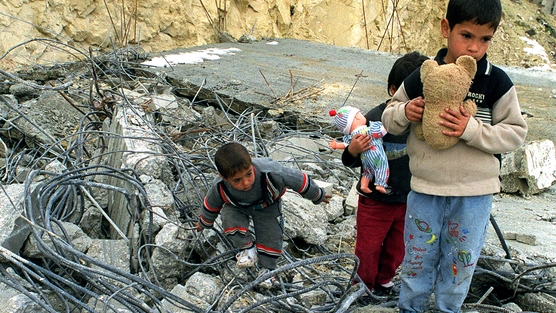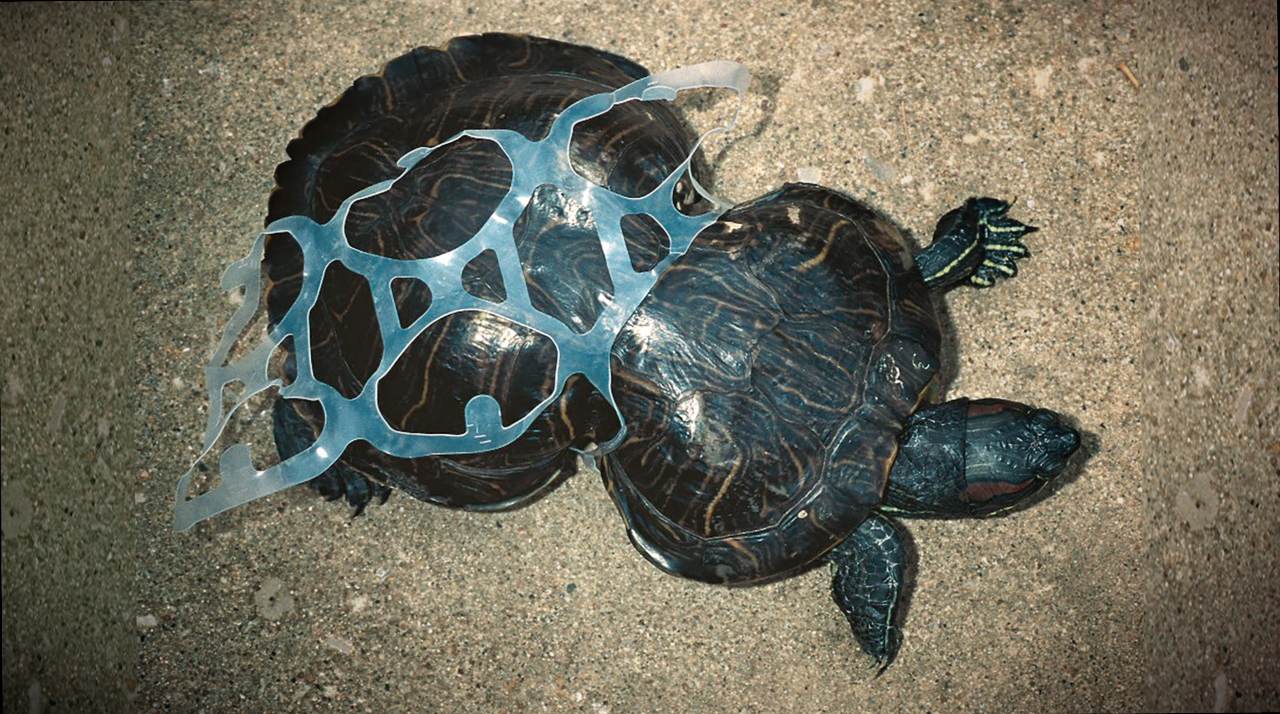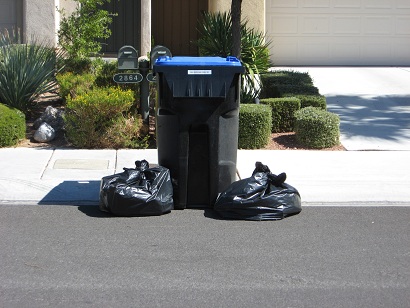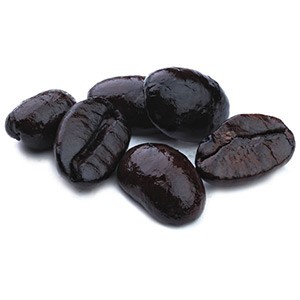Laws needed to protect Great Lakes from farm runoff, joint commission reports
The problem is especially acute in Lake Erie, where out-of-control algae growth has created dead zones
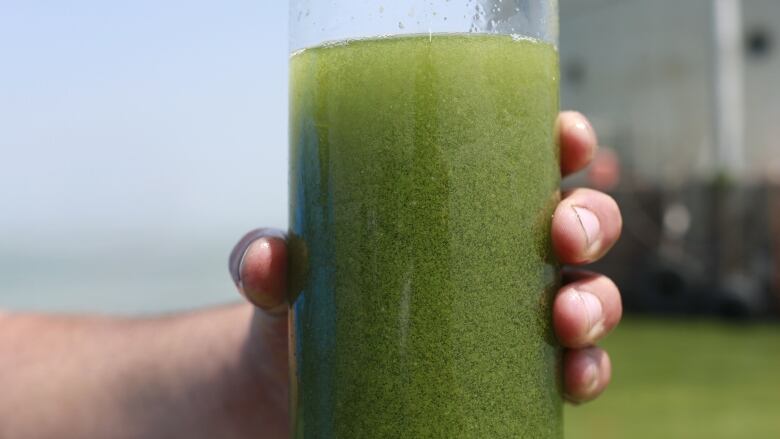
Voluntary measures to protect the Great Lakes from farm manure have proven insufficient and governments should now turn their minds to legislation, a binational report released Wednesday concludes.
While the issue is of concern everywhere except Lake Superior, the problem is especially acute in Lake Erie, where out-of-control algae growth has created dead zones.
"Frequent (harmful algal blooms) in the last 10 years suggest that the voluntary programs are not sufficient," the draft report by the International Joint Commission states.
"A greater sense of urgency and inclusion of regulatory protections in domestic action plans are needed."
The algae growth is fuelled in large part by phosphorus in animal waste from intensive livestock operations that is finding its way into the water. While limits on phosphorus in detergents and better sewage treatment proved effective in the 1970s, the problem has become critical in the western Lake Erie basin despite non-mandatory abatement efforts, according to the report.
The draft report which is now open for public comment over the next three months is the first of what will be triennial assessments of the progress the Canadian and U.S. governments are making toward improving the water quality of the Great Lakes, source of drinking water for about 40 million people.
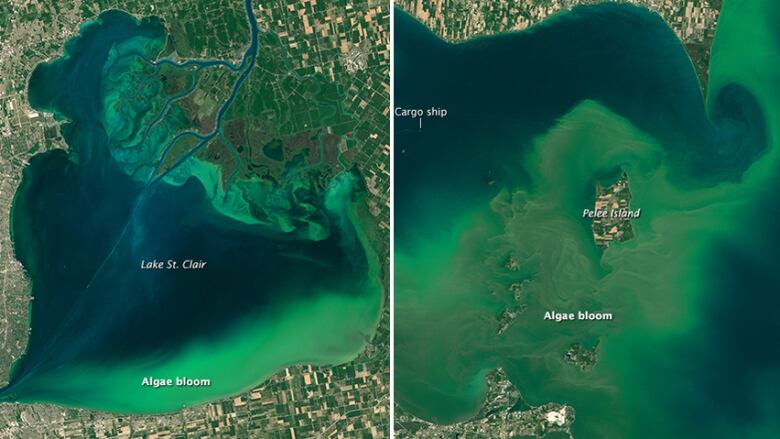
The report also criticizes the lack of progress in identifying chemicals harmful to the lakes and an absence of strategies to deal with them.
"Progress in reducing levels of legacy chemicals is encouraging but emerging contaminants are of concern," the report states.
While the two countries have made significant progress in curbing the introduction of new invasive species, the report highlights the need to fight the spread among the lakes of those already in the system including land-based ones.
Impact on fish and drinking water
Overall, the report concludes, fish from the Great Lakes are safe to eat provided consumers follow guidelines in provincial and state advisories. At the same time, it notes that contaminants in fish remain problematic for subsistence anglers and women of child-bearing age.
However, a key finding is the disconnect between evaluating Great Lakes water quality and the potential impact on human health of pollution through fish and game consumption, drinking water and swimming.
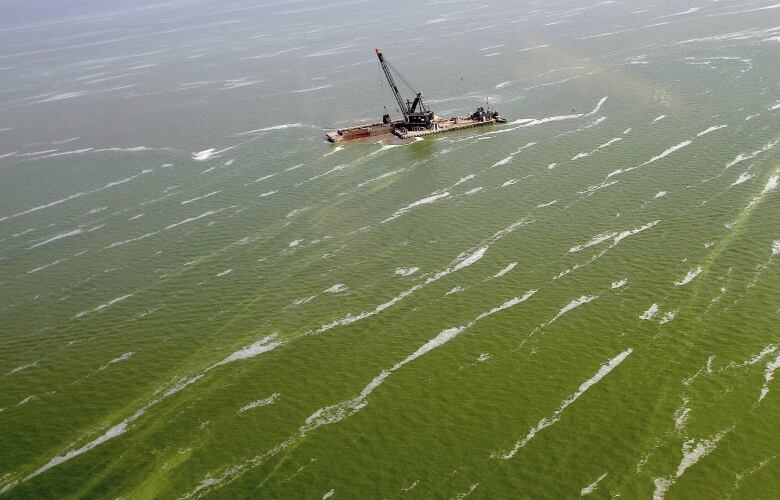
"Gaps in the measurement and reporting of key indicators for assessing progress toward human-health objectives and a lack of reporting specific to programs in support of these objectives make it difficult to assess progress," the report states.
The commission is also suggesting the two national governments need to do more jointly to measure and mitigate the effects of climate change on the lakes, such as declining ice levels and dealing with runoff from more intensive and frequent storms.
Public can comment
The report draws no conclusions on the potential threat to the Great Lakes from radioactive material produced by nuclear power plants and offers no viewpoint related to a proposal to bury hazardous waste near Lake Huron. The reason is that radioactive pollutants are not covered by the current water quality agreement reached in 2012.
"There is a lot of public interest in the issue," said Frank Bevacqua, with the International Joint Commission in Washington. "A number of organizations voiced concern and the wish to see radionuclides covered as a specific objective or a chemical of mutual concern under the agreement."
The public can comment on the draft through email, online or in person at meetings in March to be held in several cities on both sides of the border, including the Ontario centres of Sault Ste. Marie, Sarnia and St. Catharines.

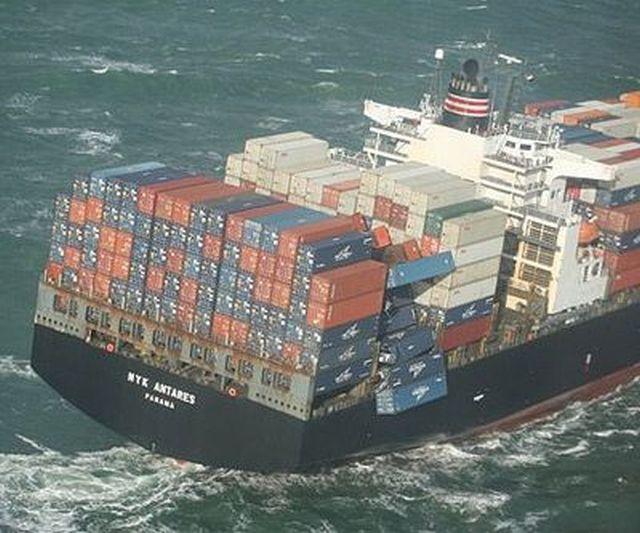









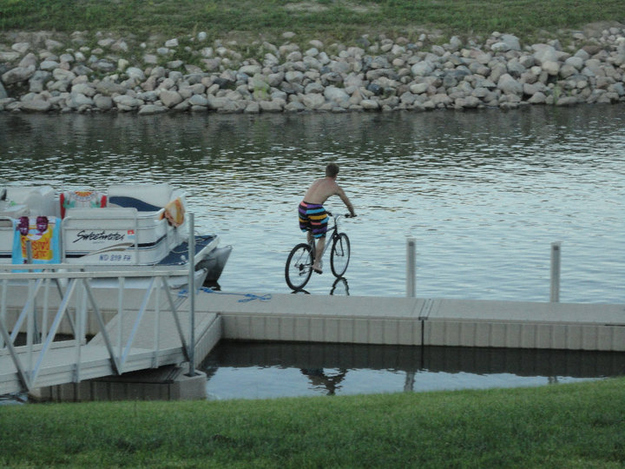
_(720p).jpg)


 OFFICIAL HD MUSIC VIDEO.jpg)
.jpg)










